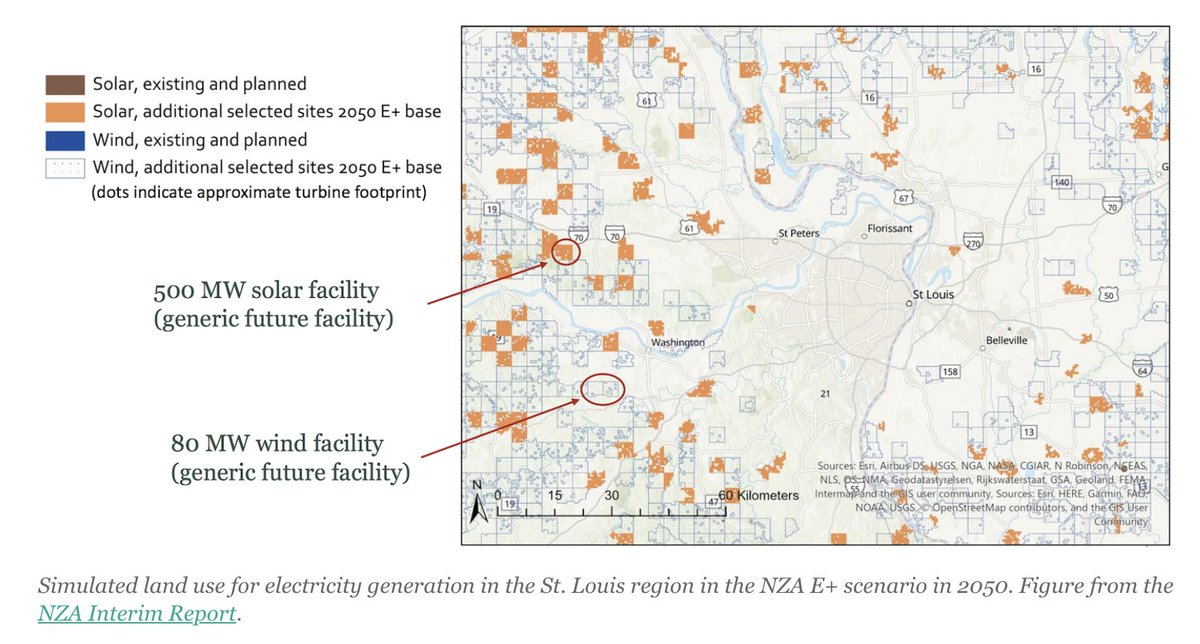
There are reasonable criticisms of too much reliance on assumed future carbon removal, and real barriers to scaling. At best it can offset a long tail of hard to decarbonize emissions and recover from overshoot.
But ruling out large-scale NETs makes 1.5C almost impossible. 1/6
But ruling out large-scale NETs makes 1.5C almost impossible. 1/6
https://twitter.com/GlobalEcoGuy/status/1377963025047678977

The math of the 1.5C target is brutal, since we are already at between 1.2C and 1.4C today. Either all global emissions need to go to zero in the next 10-20 years, or you need to use large-scale net-negative emissions – as nearly all emissions scenarios used by the IPCC do: 2/6 

Natural climate solutions can certainly get us some of the way there. But there are limits to how far they can scale, and real questions about permanence of biological carbon stores in a warming (and fire-prone) world. 3/6 carbonbrief.org/analysis-how-n…
All of the ambitious climate targets being set by governments today – net zero by 2050 or 2060 – rely on large-scale NETs to make the math of limiting warming to below 1.5C work. That said, they would still limit warming to well-below 2C if NETs do not pan out. 4/6
The scale of the assumed negative emissions deployments in models is staggering, amounting to planetary scale engineering. Some have us sucking out half of current emissions every year by 2100, devoting 2x or 3x the land are of India to NETs every year. 5/6
So by all means be skeptical of large-scale future negative emissions. But also be skeptical of our ability to limit warming to 1.5C without them. Theres a real role for negative emissions in balancing out hard to decarbonize sectors, and more RD&D needed than we have today. 6/6
(Also, apologies for not defining it earlier given space limitations, but NETs is short for Negative Emissions Technologies)
One more technical caveat: when I say "makes 1.5C almost impossible" I'm referring to median expected warming outcomes. Of course, if we get emissions to net-zero by 2050/2060 with no net-negative emissions we could still end up < 1.5C if we get lucky with low climate sensitivity
• • •
Missing some Tweet in this thread? You can try to
force a refresh












